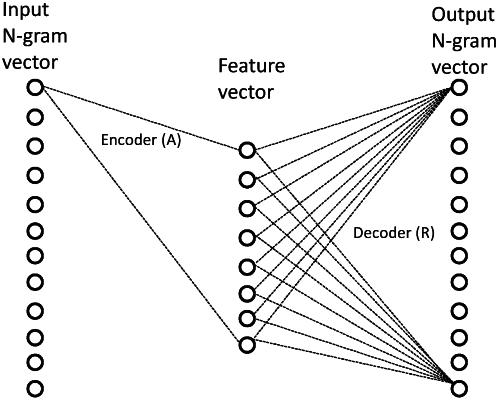| CPC G06V 10/454 (2022.01) [G06F 18/214 (2023.01); G06N 3/08 (2013.01); G06Q 10/0835 (2013.01); G06V 10/82 (2022.01); G06V 20/52 (2022.01); G06V 30/19173 (2022.01); G06V 30/424 (2022.01); G06F 17/18 (2013.01); G06V 2201/05 (2022.01)] | 44 Claims |

|
1. A computing-device implemented method for validating a cargo manifest associated with a shipping container, the method comprising:
receiving, at one or more processors, a rendered radiographic image of a scanned shipping container from a scanner configured to scan the shipping container and render the radiographic image;
extracting, with an autoencoder neural network, a feature vector from the radiographic image;
receiving, at the one or more processors, a cargo manifest associated with the shipping container;
extracting, with a natural language processing artificial neural network a feature vector for the manifest;
comparing the extracted feature vector from the autoencoder neural network against a historic distribution of prior feature vectors of radiographic images of prior shipping containers associated with cargo manifests containing a like object;
comparing the extracted feature vector from the natural language processing artificial neural network against a historic distribution of prior feature vectors of extracted from prior cargo manifests containing a like object;
determining a statistical probability that an object in the scanned shipping container matches a listed object on the cargo manifest associated with the scanned shipping container based at least in part on a result of comparing the extracted feature vector from the autoencoder neural network against the historic distribution of prior feature vectors of radiographic images of prior shipping containers associated with cargo manifests containing the like object, and on a result of comparing the extracted feature vector from the natural language processing artificial neural network against the historic distribution of prior feature vectors of extracted from prior cargo manifests containing the like object; and
generating an automated detection indication related to the scanned shipping container based on the statistical probability.
|